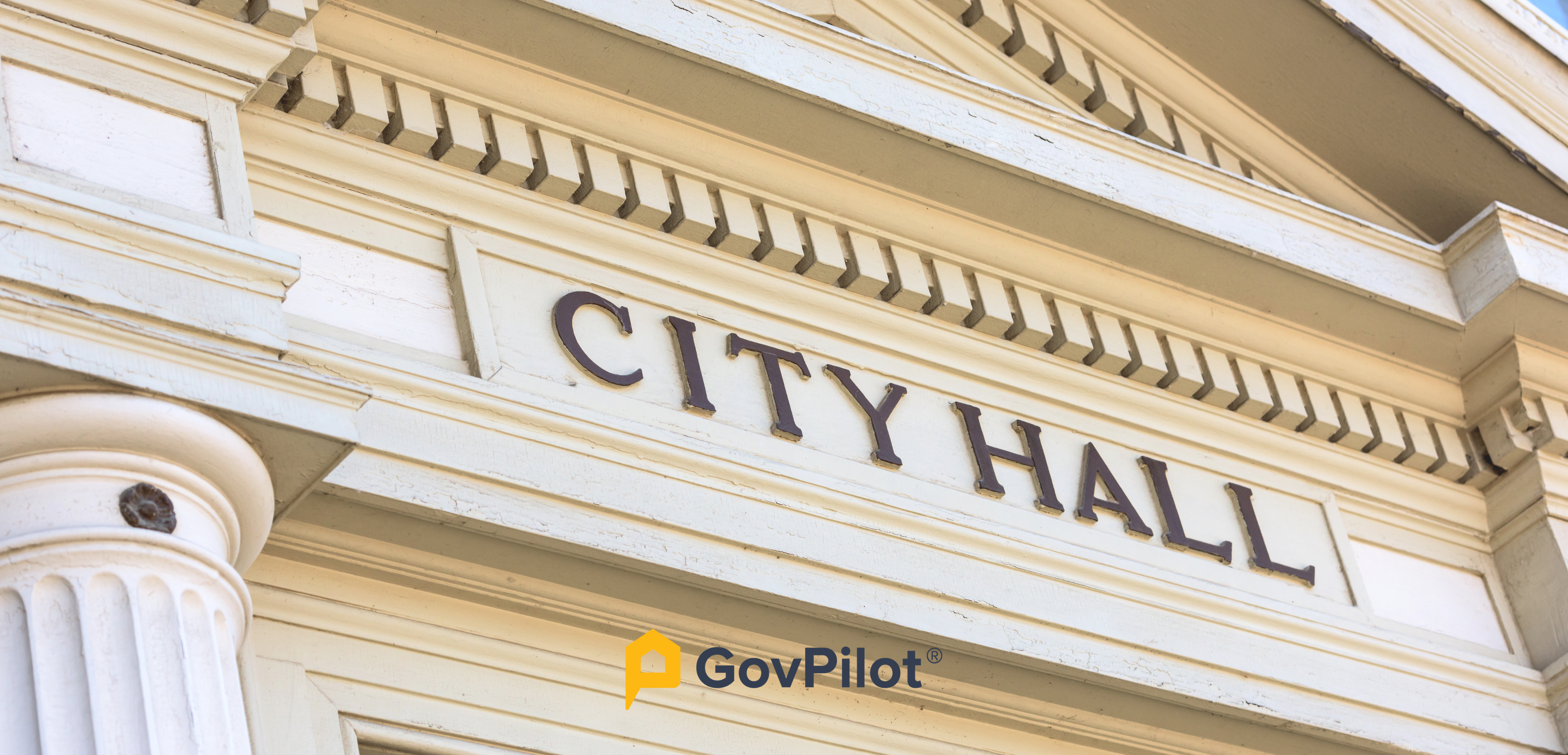Imagine it’s 3:50 p.m. on a Friday. Would you be thinking about the weekend? So would most people.
Meanwhile, in the county clerk’s office, there are 2 people dropping off forms. There’s also a phone call on hold, because a resident wants a status update on a death certificate she needs to settle an estate. Residents are simply looking to conclude business before the weekend begins. The clerk on duty wants to help, but even more he wants to get home on time.
This scene can take place anywhere local governments still rely on paper forms, manual data entry, and in-office visits to manage vital records like birth and death certificates.
Digitization Improves Response Times
Digitizing the process relieves the burden of long office visits for everyone, making the experience of obtaining vital records much smoother. The results? Time and cost savings for the local government, more productive employees, and happier residents.
Take Newark, NJ as an example. When the city digitized their marriage license application with GovPilot, clerks reclaimed 36 hours each month and increased the number licenses they issued, from 89 to 145. Office visits are required for marriage licenses but having the online application resulted in a 50% reduction in the average amount time for each appointment.
In Rutland, Vermont, a city of just 15,000 people, digital workflows with integrated online payments are streamlining revenue collection and providing a faster way to obtain a birth, death, or marriage license certificates.
The Status Quo vs. the Digital Alternative
Traditional processes require in-office visits as well as manual verification, cross-checking, and clerical data entry. Clerks can process fewer records per day, because they also must file and retrieve paper copies and answer constituent phone calls.
Digital automation solves these by enabling:
- Online form submission and payment options
- Automated verification to ensure complete information
- Workflow routing to the right staff member
- Digital record access
- Resident visibility into application status
As a result, staff regains time, processing capacity increases, and easy revenue collection become possible across all record types. Cost recovery is also easy to monitor.
What do those gains look like in practice? Let’s look deeper into a real example.
Rutland, VT: Scaling Vital Records and Revenue with Integrated Online Payments
When Rutland, Vermont expanded its online offerings to include a digital vital records system, the city had many GovPilot solutions in place, and their Certificate of Occupancy process had become a new revenue generator that more than pays for the cost of the platform.
At that time, in FY 2022–2023, Rutland recorded 355 births, 493 deaths, and 120 civil marriages. Previously, residents had to visit City Hall during business hours to request certified copies, tying up staff time and creating scheduling headaches for working families. Now, residents can order copies online through GovPilot. Even with conservative estimates, assuming only 40% of vital records generate one online request annually, the city can collect nearly $4,000 in fees at $10 per certificate.
But real savings comes from freed staff capacity. City clerks previously spent hours per week processing walk-in vital record requests, answering questions, and handling payments. If that averaged 8 hours at a municipal wage of $28/hour, that's over $11,000 in annual labor costs saved or redirected. Combining online revenue from vital records, business permits, and other digitized services, Rutland's investment in digital infrastructure has turned a technology expense into a budget solution.
The resident experience improved, too. Parents can now order birth certificates for college applications at midnight. Families planning funerals don't need to add a City Hall visit to their grief. And city staff can focus on complex requests that truly need personal attention.
Metrics To Make the Case for Change
To calculate your potential savings, track these five metrics:
- Number of vital record requests per month
- Average processing time per request including filing, status inquiries, and verification
- Percentage of “resubmissions” and error or rejection rates
- Volume of resident calls or emails about status
- Revenue collected via fees
Once you have that, you can benchmark your workload and forecast your savings.
The Bottom Line
Digitizing vital records is more than a convenience. It's a proven strategy to increase efficiency, streamline revenue collection, and improve resident satisfaction. Cities like Rutland and Newark show that communities of all sizes can achieve measurable returns from digital workflows.
Want to see the full picture? Rutland's complete digital transformation story goes beyond vital records. Their comprehensive approach to modernizing government operations resulted in savings across departments, improved interdepartmental collaboration, and enhanced service delivery for residents.
Read the full Rutland case study to learn:
- Which modules they implemented first
- How they're easily generating compliance reports
- The story behind their new source of revenue
Read the case study here and then discover how the City of Rutland expanded its use of GovPilot to include more public-facing modules such as land records requests, animal licenses, and no-knock permits.
Whether you're just beginning to explore digital transformation or looking to expand existing online services, Newark and Rutland's experiences offer practical insights for local governments about modernizing their operations and better serving their communities.





